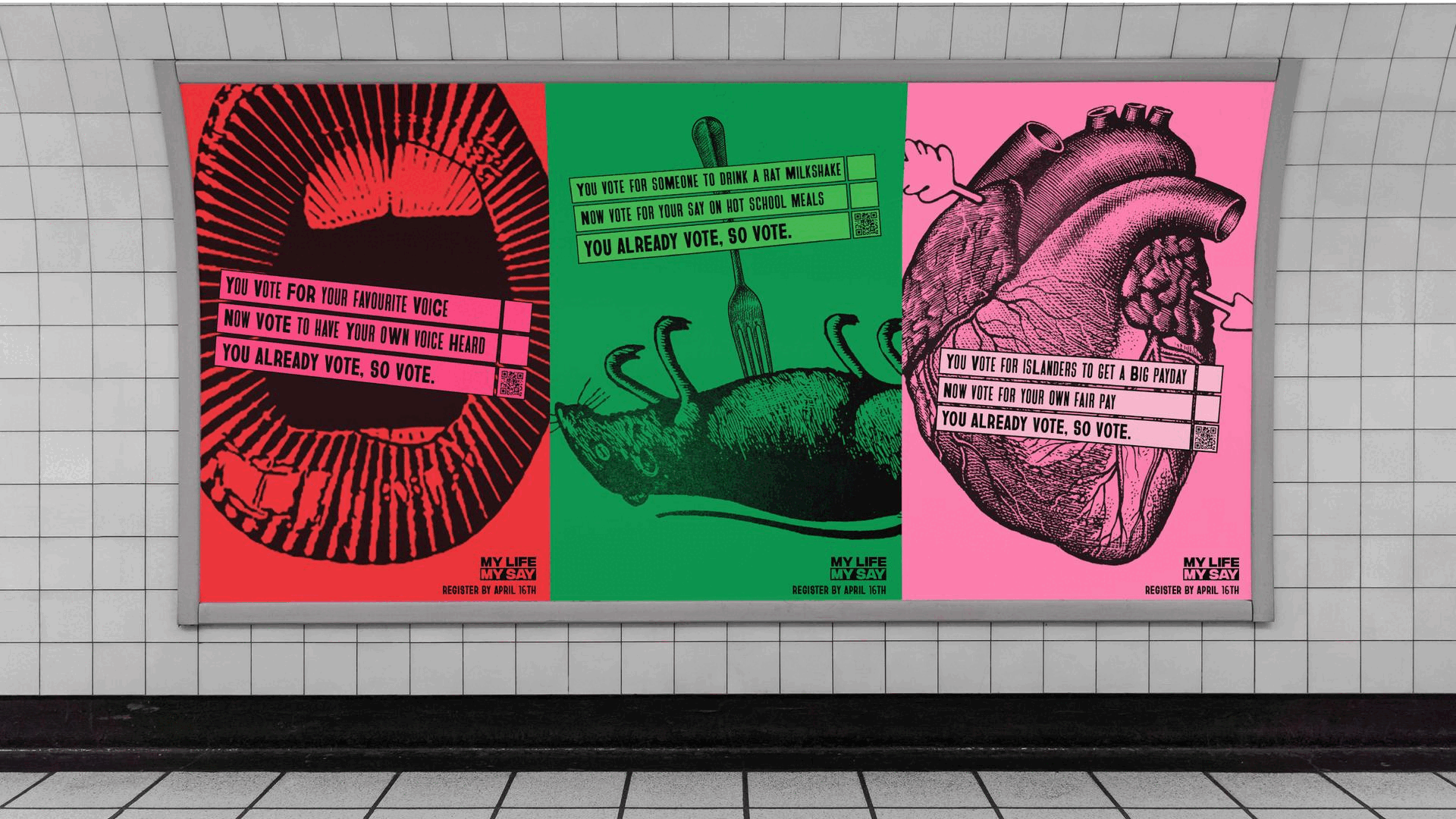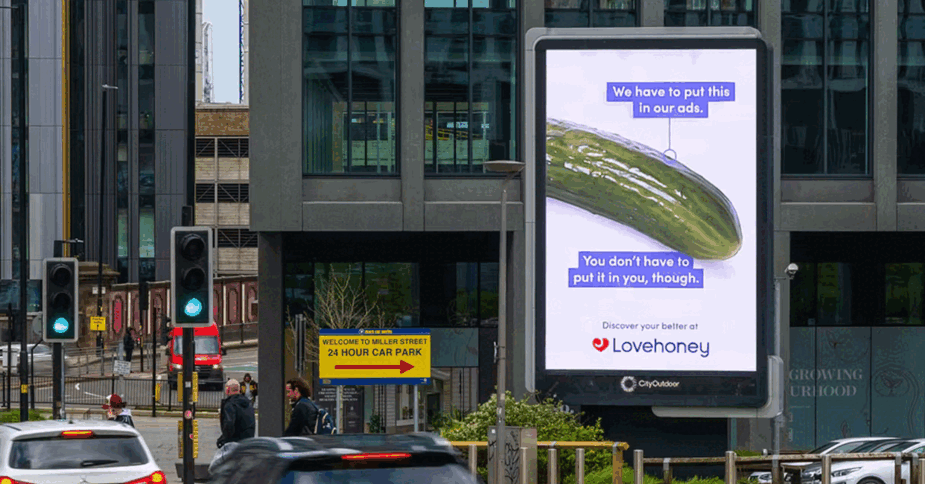Casey Campbell, Managing Director, North America at Gameloft for brands, looks back at a year of the pandemic, and the role that games have played in helping people cope.
 The past 12 months have undoubtedly been the most challenging most of us have ever faced. Forced to isolate away from our friends and families for the best part of a year, we’ve all had to face up to loneliness and boredom, while at the same time being fed a steady drip feed of largely bad news.
The past 12 months have undoubtedly been the most challenging most of us have ever faced. Forced to isolate away from our friends and families for the best part of a year, we’ve all had to face up to loneliness and boredom, while at the same time being fed a steady drip feed of largely bad news.
If there has been one ray of light at the end of the pandemic tunnel, it has been the way in which digital channels have stepped up to provided solace, companionship – “Zoom call anyone?” – and entertainment for a world in lockdown.
Now entertainment, of course, is a broad term, and most of the most popular forms of digital entertainment over the past 12 months have fallen into the passive camp – think binge-watching the latest Netflix series or watching a livestream of a gig from your favourite band. But by whatever KPIs you choose to measure it, one form of entertainment that is certainly not passive has outstripped all others during the pandemic, and that’s gaming.
Massive growth
Gaming has seen massive growth during the pandemic, as people of all ages found themselves with more time on their hands, and discovered that whatever genre of game they’re into, there’s something in the gaming universe for everyone.
According to a report from Verizon, mobile gaming usage rose by 75 per cent during 2020’s first lockdown compared to pre-COVID times, and there were more than 2.3bn mobile game downloads between March 5 and April 5 – 60 per cent up on the same period for the previous year.
Another company that analyses app downloads and revenues made from them, App Annie, reported back in October 2020 that already by that point, more than 20 billion games had been downloaded worldwide, while market research firm Newzoo forecast that there would be 2.69bn gamers by the end of 2020, and 3.07bn by 2023, with the vast majority playing on mobile devices.
The analyst IDC, meanwhile, forecast that global videogame revenue would increase by 20 per cent in 2020 to $179.7bn. That’s more than movies – the Motion Picture Association reported that the global film industry hit $100bn in revenues in 2019 – and the total North American sports industry, which PwC estimated would generate more than $75bn in 2020.
This all points to a huge number of people discovering gaming for the first time during the pandemic, and now they have discovered it, many of them are here to stay. In fact, a May 2020 survey of 7,611 games carried out by Google and Savanta found that 40 per cent of new gamers were likely to continue to play when the pandemic is over, and 65 per cent said they would play longer per session.
Another study released in November, conducted by NPD, found that people aged between 45 and 54, increased their time spent gaming by 59 per cent over the last year, while the amount of money they spent on or in games rose by 76 per cent. For those aged between 55 and 64, time spent gaming increased by 48 per cent, while the amount of money they spent on gaming increased by 73 per cent. And of the 5,000 people polled, 79 per cent said they had played a videogame in the previous six months, 6 per cent up on the previous year. As referenced above, if you think games only attract a younger audience, the data suggests otherwise.
So why have so many new players been drawn to the world of gaming over the past 12 months? Clearly, the entertainment factor is an important one to consider. Not only are videogames fun to play in and of themselves, but they also offer an opportunity for players to transport themselves to another, virtual world. A world in which monsters of various shapes and sizes may well exist, but COVID isn’t one of them.
Social lifeline
But there’s another important factor behind the huge increase in the number of people playing videogames, and that’s the social element. A December 2020 article on the BBC website written by Bryan Lufkin ran with the title: ‘How online gaming has become a social lifeline’. In the piece he said: “Even sitting alone for hours, gamers aren’t necessarily isolated. In many cases, far from it. With the rise of social media, gamers – particularly in Gen Z – have perfected the art of building communities in and around video games. Gamers don’t just compete with strangers on the internet, but forge genuine, enduring friendships.”
He went on to describe how those new to gaming were discovering that gamers had long had a tool that was now bringing some relief to those who had never picked up a controller before.
As far back as 2003, Mark Griffiths, a professor at Nottingham Trent University in the UK, published a study that found that for 25 per cent of 11,000 players of the online role-playing game Everquest, their favourite part of the game was connecting with other players.
In an age when physical social contact has become largely outlawed, it’s not hard to see why gamers appreciate the digital connections gaming enables them to make with other players.
There are clearly lessons in all this around the value of games to lift the spirits of those who play them. There are lessons too, for the marketing community, which has tended, in the past, to be rather dismissive of the gaming industry and the gaming audience. As has been widely reported, that audience now includes people of all ages and demographics, and the average mobile game user is typically highly educated, affluent, and often identify themselves as the head of household or the person responsible for making the purchasing decisions for the household that they live in.
Valued audience
In short, there’s a very large and valued audience in games, if brands know how to reach them, and how to engage with them in the gaming environment. The advertising experience with games is in many ways far superior to that in other environments. Brands have the opportunity to reward players for engaging with their content by offering them “lives” or an immediate passage to the next level. Branded advertisements can be natively integrated into the gaming environment by placing a brand’s ad on a virtual out of home billboard by the side of the track in a racing game, for example. Brands can also offer branded power-ups to players in games – anything from an energy drink in a running game to a branded set of tires in a motor racing game. eSports is another area of gaming that has seen massive growth over the past 12 months, and this sector offers a variety of sponsorship opportunities forward-thinking brands.
Some brands are even creating game experiences of their own, where they can represent their core values and design aesthetics as well as build a deeper connection to their audience. Pucelle is an Indonesian beauty brand, well-known for its collection of mist cologne perfume sprays, and popular with millennial consumers in Indonesia. We worked with the company on a gamified brand experience on Instagram, to enable Pucelle to engage with its key audience in a way that would resonate with them.
We created an AR game where the consumer uses facial gestures to control and guide a Pucelle avatar as it runs through the city streets, avoiding obstacles and collecting points. The AR experience got caught the imagination of Pucelle’s Gen Z audience, keeping the Pucelle brand top of mind. You can see the game in action here.
For the Kinder confectionery brand, we recently created Applaydu, a free mobile app which brings Kinder toys to life through AR. It’s an edutainment playing experience dedicated to children aged 4-9, but is designed to be used by the whole family.
Applaydu provides a safe environment for kids to create their own stories, play with new worlds and 3D characters all thought and made to stimulate their ability to learn new things. Thanks to the feedback we sought from the University of Oxford’s Department of Education during the app’s development, Applaydu is also optimized to help children develop their cognitive skills. It’s another way in which AR makes the seemingly impossible, possible, and creates a strong bond between the brand and its core audience.
Brand-safe playgrounds
Custom branded gaming experiences like these are brand-safe playgrounds for advertiser creativity, and can be deployed across all digital channels, such as web, mobile – including app integrations – and social. Working with the right partner, you will be able to incorporate your brand’s priorities and objectives, while making the game fun for the player, who you will find is much more engaged with the content than someone passively watching a movie.
While there are pockets of optimism around the world as some countries start to get the measure of the virus, for many of us, intermittent lockdowns may well prove to be a way of life for some time yet. The past year of stop-and-start isolation has trained us all in the art of social interaction over digital platforms, and in the midst of it all, gaming has proved to be a great way to help break the ice in the brand/audience relationship and provide an entertaining means of engagement.
















